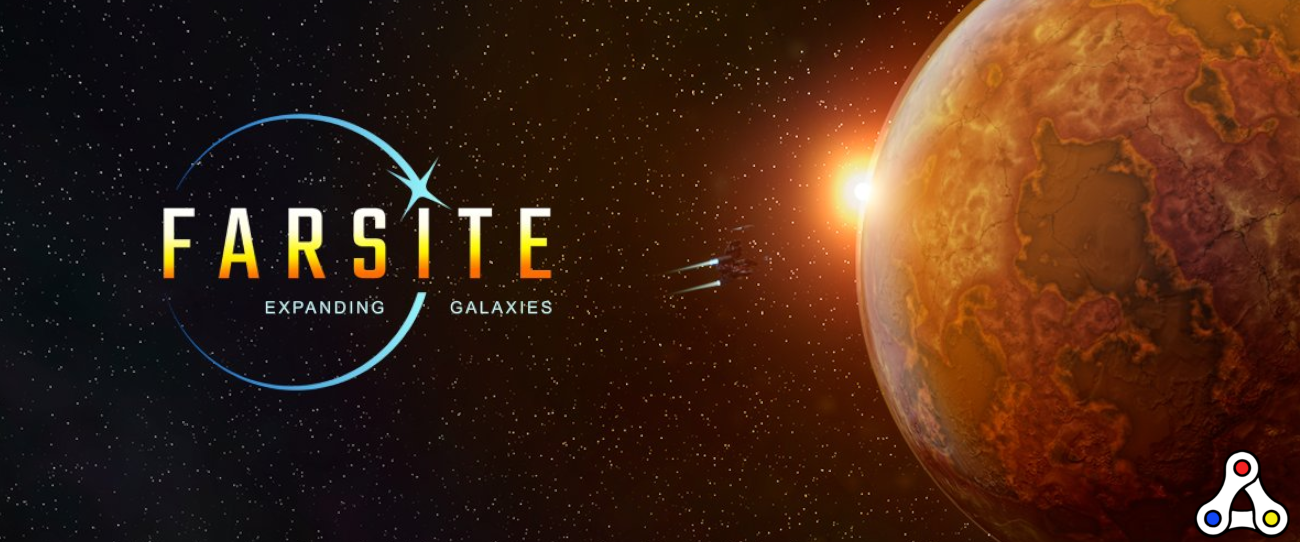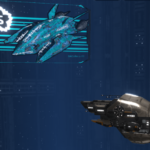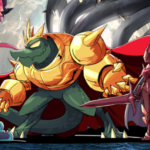The space exploration game Farsite will introduce new economic features in the coming weeks before it will release the alpha version of the game in December. In the next four weeks the developers will allow players to buy sectors, burn their cNFTs in exchange for Credits, and bridge those Credits to different blockchains. Guess what, all these new features actually need each other.
Before I will explain that last point, it’s important to know that Farsite is a game by the developers of MegaCryptoPolis. Therefore they have lots of experience with developing economic structures and complex resource systems, and that’s exactly something Farsite will lean into.
Next week the team will release many more details about sector acquisition. However, up until now it’s very clear that players will be able to buy a part of a planet within an explored area. Because these acquisitions will be very costly, the developers will allow players to burn their NFTs in exchange for Credits.
The spaceships in Farsite aren’t normal NFTs, but they are cNFTs. In this case the c stands for collateral. Within these NFTs there’s a certain base value, and players can unlock this value by burning their spaceship. However, perhaps the spaceship is valued a lot higher, for whatever reason. Dilemma!
Anyway, starting from October 14th players will be able to burn their cNFTs in exchange for Credits. Two weeks later gamers will be able to acquire Sectors. In November they will introduce a multi-chain bridge for the Credits, followed by a new crate sale. Farsite will release its alpha version in December, if things all go according to plan. Frankly, we have no idea how deep the Farsite
Credits will be important
Don’t expect Farsite to be a game with lots of pew-pew. The creators behind MegaCryptoPolis are working on this game, and therefore you can expect deep economical layers. Farsite leans on all kinds of DeFi mechanics. For example, they use Credits as the native currency. These credits are ERC-20 tokens on the Polygon blockchain.
Farsite will have its own FAR token, but Credits is where the action is at. A FAR token is worth 1000 Credits, and players will need Credits literally for everything. Think about fuel for your ship, powering operations at your base, buying a sector on a planet, exploring the universe, and of course to pay taxes. Ugh!
All items in the game are ERC-721 tokens, and they will introduce collateral-backed NFTs, or cNFTs. This would be a way to borrow some money with for example your spaceship as collateral. Players can also use this system as an insurance policy. As a matter of fact, every spaceship is backed by Credits. When your almost destroy your ship during your adventures, you can salvage it and sell the junk for some Credits.
What is Farsite?
Farsite is a blockchain-powered MMO game with elements of real-time strategy. The game’s economy uses aspects of decentralized finance on the Ethereum 2.0 blockchain. Players can take on all kinds of roles to be part of a bigger intergalactic economy. Every item in the game is made by players, using resources that have also been acquired by players.
Players could be a hauler, a complete contracts by moving goods between space stations. They could also be a miner, gathering resources, or a manufacturer who creates tools and items. The universe of Farsite also offers space for governance over stars, mercenaries, pirates, politicians and of course traders.
To produce something, you’d need a blueprint, components, a base on a planet and Credits to pay for services. The blueprints you can buy, borrow, or find, while components are made from resources found on planets. All items in the game are owned by players. Establish a base on a Planet in a hunt for rare materials to craft powerful Ships and Modules, trade on the open market, fight for loot and honor to govern the entire Constellation!





